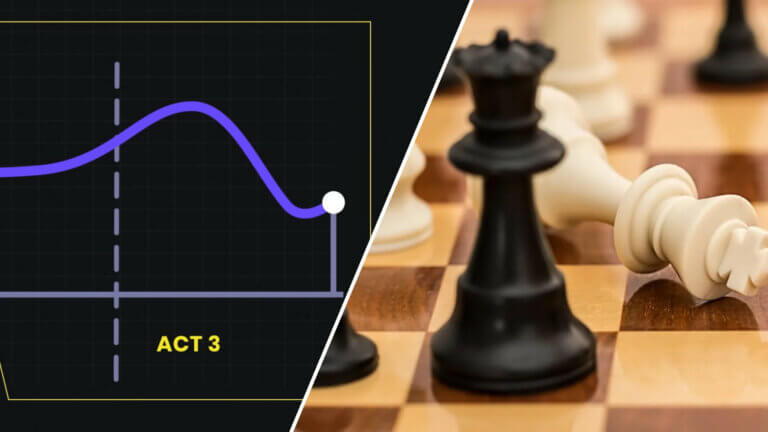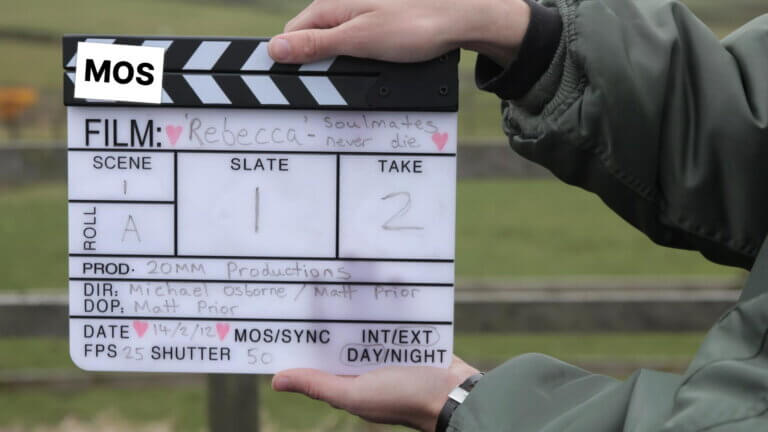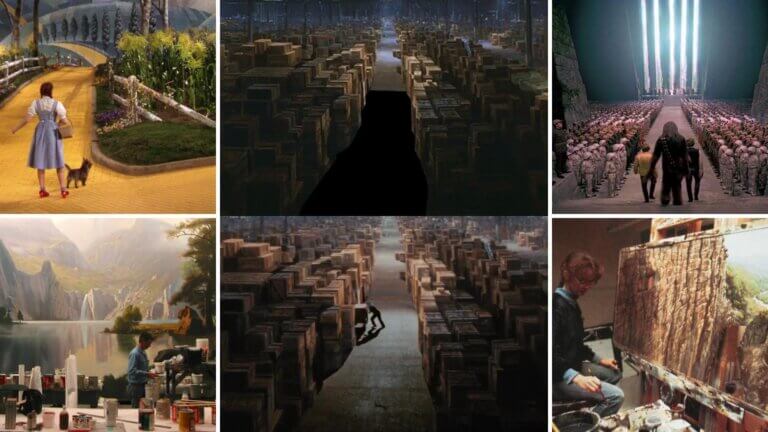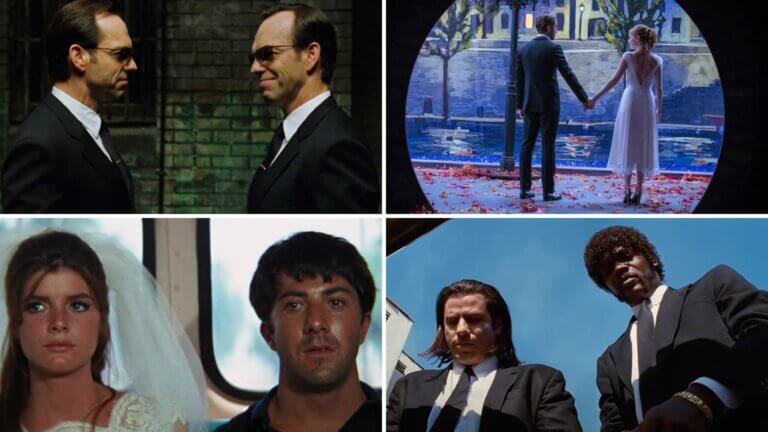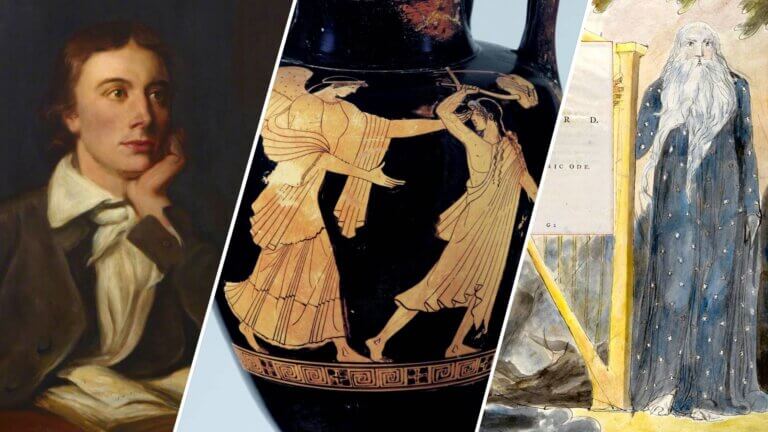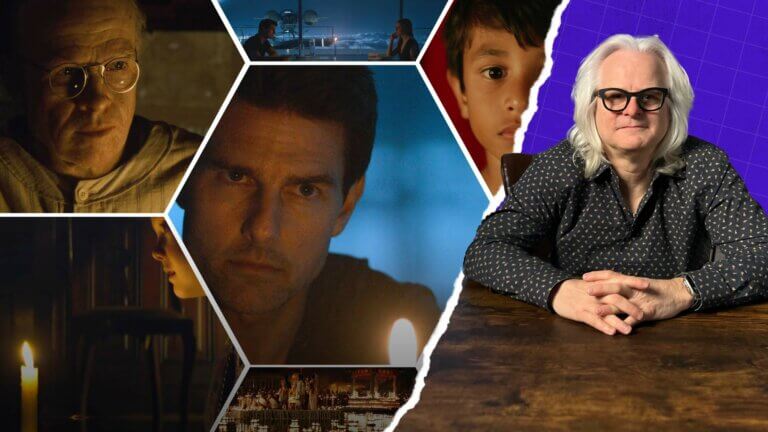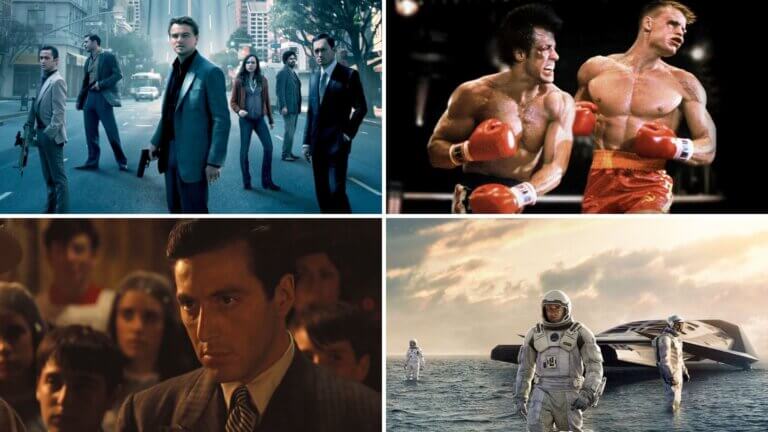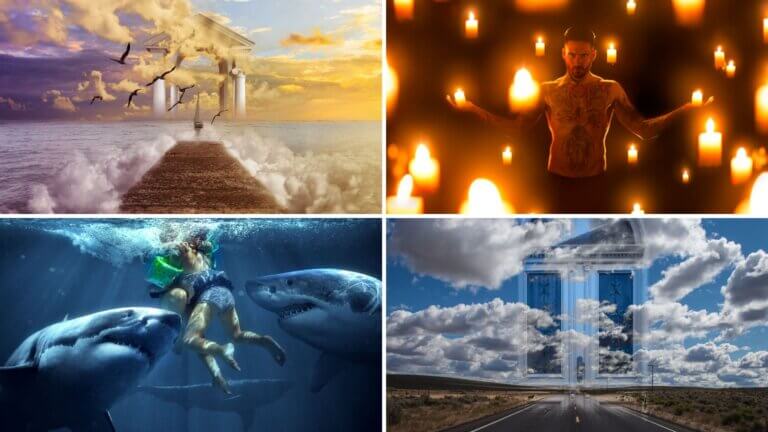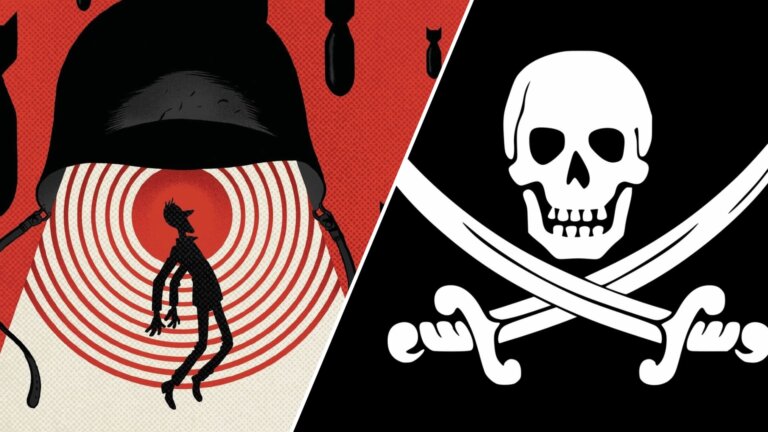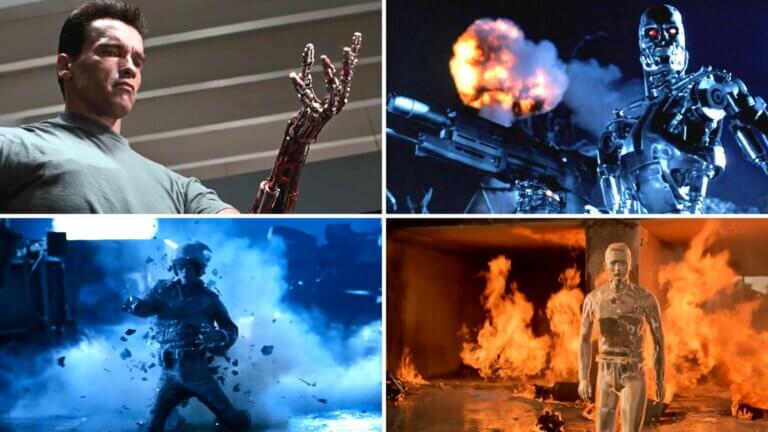A climax in storytelling is the most intense, exciting, or emotionally charged point in a narrative. It is the conclusion of an arc in which readers see the main characters make decisions and face obstacles that define who they are and what they stand for. The climax allows stories to build to increasingly satisfying resolutions or tragic endings. This blog will explore the different types of climaxes used in storytelling and how these create engaging endings for readers. Due to the sheer nature of a story’s climax, there are major spoilers ahead. That said, let’s dive in!Continue reading What is the Climax…
MOS is an important filmmaking technique that allows filmmakers to create powerful visuals through dialogue-driven scenes. It is a popular method used by directors of all genres to make their films stand out from the crowd. In this article, we will take a look at how MOS is used in filmmaking and why it has become such an invaluable tool for filmmakers.Continue reading What Does MOS Mean in Film — Definition, Pros, and Cons
Matte painting is a technique used in filmmaking to create unique and realistic sets on a low budget. This method has been used by filmmakers since the early 1900s and has become an integral part of creating stunning visuals for films. But what is matte painting in film production? In this article, we will look at what it is, its history, and how it can be used to enhance storytelling through film.Continue reading What is Matte Painting in Movies — Definition and Examples
It's hard to frame characters on screen, while simultaneously showcasing the story’s intentions. Never fear, the two shot can solve this problem for you. Today we’re going to go over the two shot. We’ll show you how you can use it in your work to subtly get your story’s dramatic beats and comedic moments to pop. Continue reading The Two Shot: Examples of Camera Movements & Angles
There are all sorts of styles in poetry, many of which have been around for centuries. Some are very theatrical, meant to be acted out, while others can be read in the quiet of one’s own home. One of these that you may have heard of is an ode, which has evolved over time while still effectively being what it always has been. But what is an ode, how can you identify one, and what are some examples? In this article we’ll cover these questions so that you have an additional poetry style in your pocket.Continue reading What is an…
Low light cinematography can be daunting. If it goes wrong, an image can be hard to see or fraught with noise. Trying to overcorrect with stronger lights, on the other hand, can make a night scene feel unnaturally bright. How can a cinematographer navigate this minefield to achieve a beautiful low-light shot? In this post, we'll cover various techniques when shooting low light photography and cinematography. We'll start with our interview with famed DP Claudio Miranda discussing how to shoot in low light with scenes from Oblivion, Life of Pi, and The Curious Case of Benjamin Button.Continue reading Low Light…
Cross Cutting and parallel editing are highly effective editing techniques that can greatly improve the quality of any film or visual work. If you've heard the expressions "greater than the sum of its parts," then you already know why these techniques are used so often in filmmaking. In this post, we’re going to give you a cross cutting definition with some iconic examples and the parallel editing techniques to elevate your next project.Continue reading What is Cross Cutting and Parallel Editing in Film?
Compositing is one of the most prevalent techniques in the visual arts – but what is compositing? Thanks to the technological advancements of the last few decades, composite images are seen everywhere. We’re going to look at different types of composite images from green screen to rotoscoping to CGI and everything in between. By the end, you’ll know how visual artists have used different types of compositing over the years to expert effect.Continue reading What is Compositing — VFX Compositing Techniques Explained
Negative connotation plays an important role in how we regard words and symbols – but what is a negative connotation? We’re going to explore the meaning of negative connotation by looking at examples in literature and film. By the end, you’ll know how to recognize words, signs, and objects with negative connotations, and how to implement them in your work.Continue reading What is a Negative Connotation — Definition and Examples
Terminator 2: Judgement Day has a plethora of memorable scenes, from Sarah Connor’s hospital escape to the fiery climax at the steel mill. Perhaps one of the most stunning sequences, however, is Sarah Connor’s nuclear apocalypse nightmare. The dream was vividly realized by James Cameron and his team, and at the time was one of the most realistic depictions of a nuclear holocaust put to film. To pull it off, the filmmakers used groundbreaking techniques, some of which are still imitated today. Let's break down the Terminator 2 nuke scene in all its apocalyptic glory!Continue reading Terminator 2 Nuke Scene Breakdown…
